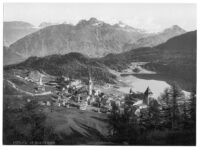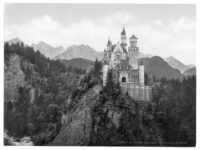Vintage: Historic B&W photos of Leipzig, Saxony, Germany (1890s)
The Leipzig region was the arena of the 1813 Battle of Leipzig between Napoleonic France and an allied coalition of Prussia, Russia, Austria and Sweden. It was the largest battle in Europe before the First World War and the coalition victory ended Napoleon’s presence in Germany and would ultimately lead to his first exile on Elba. The Monument to the…

























